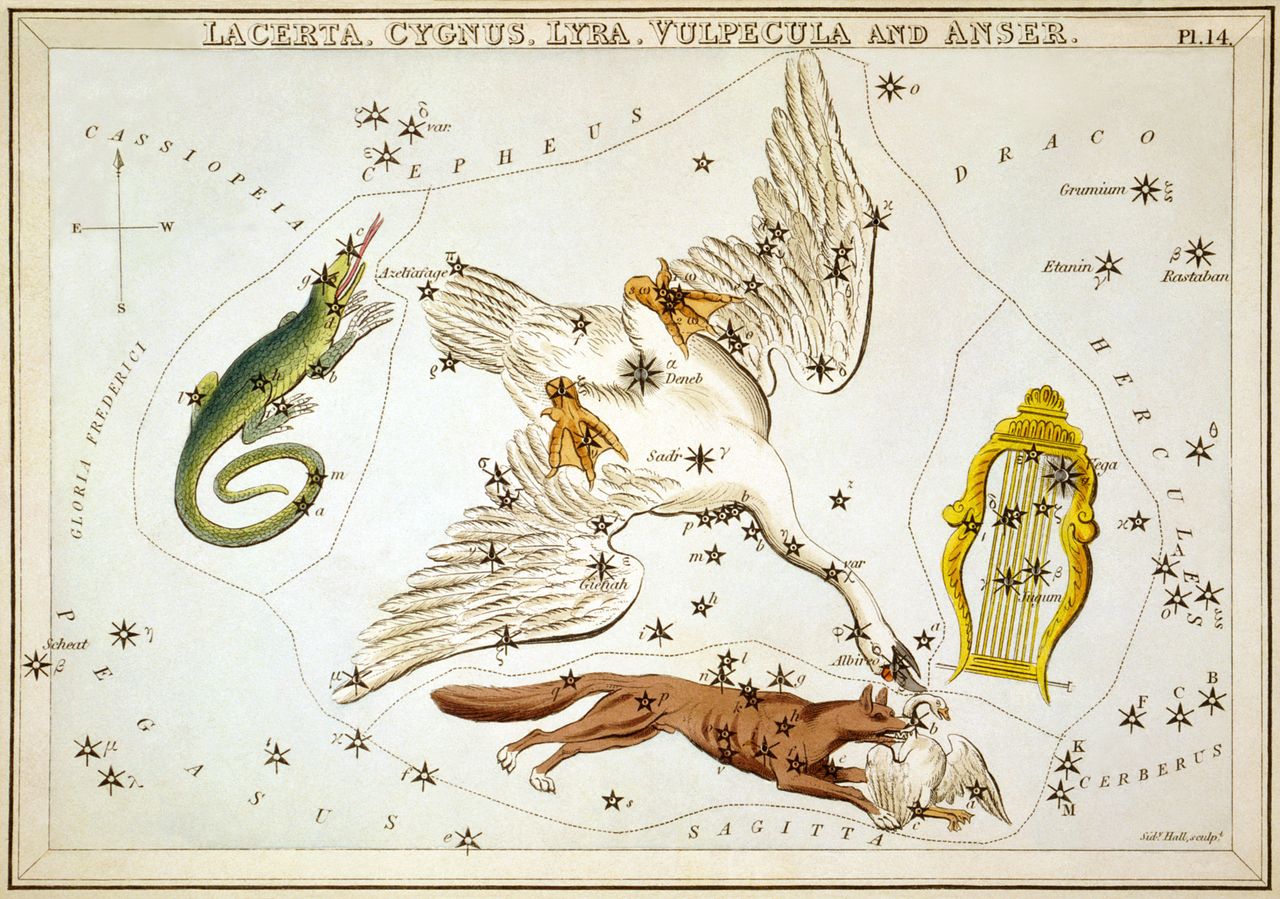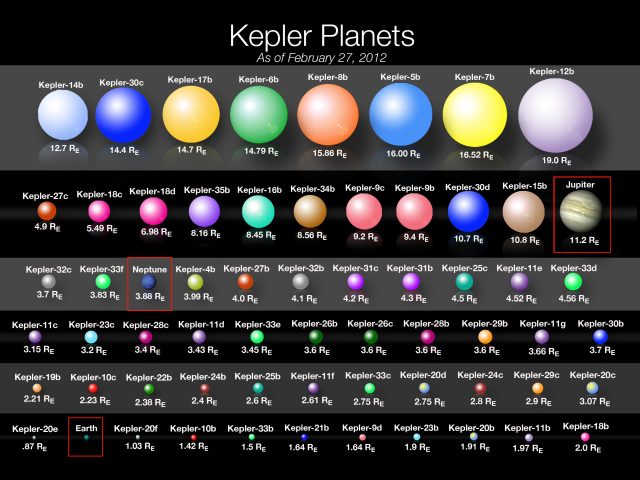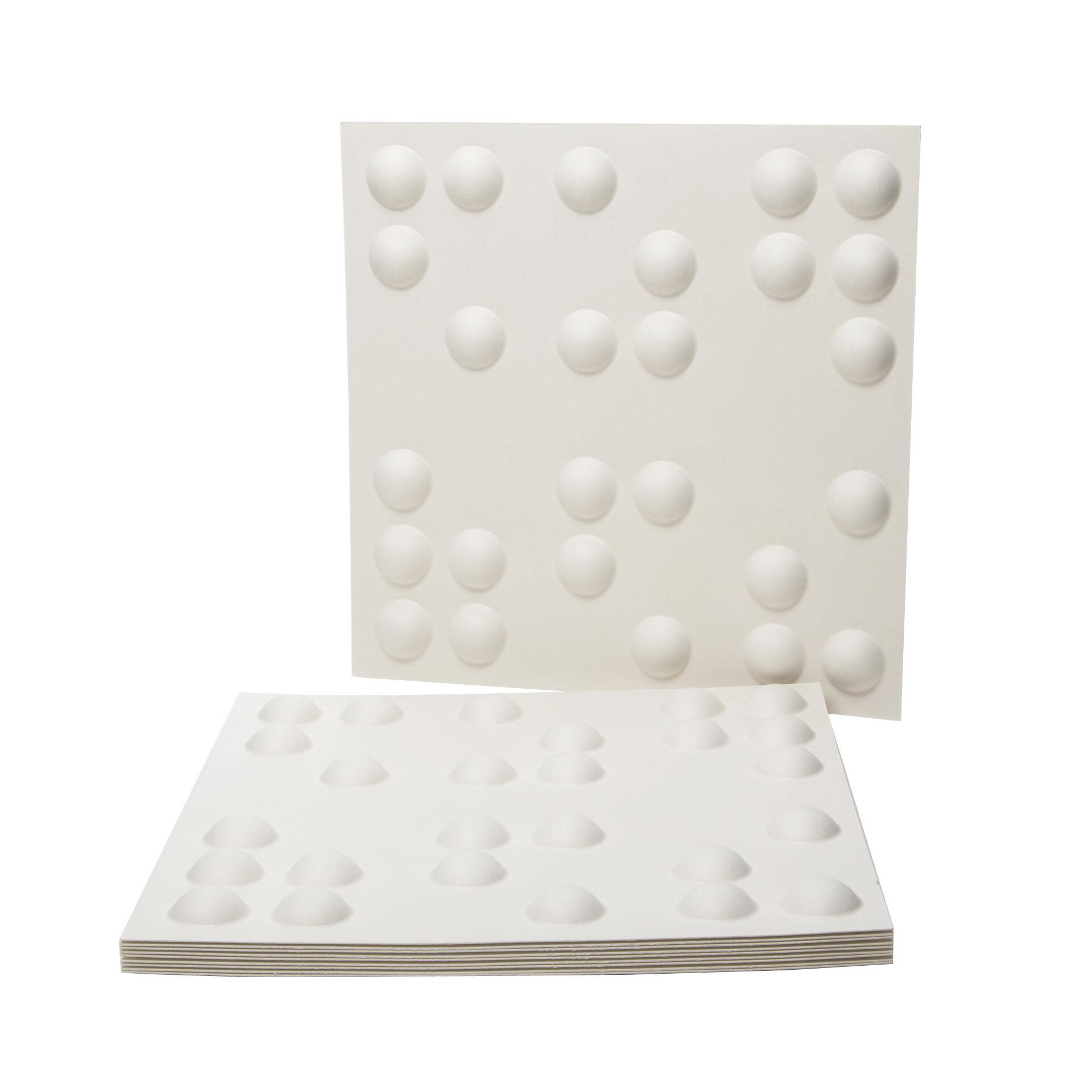http://www.fastcodesign.com/3023099/exposure/a-tiny-studio-becomes-a-surreal-dreamscape#1
Thalia (in ancient Greek Θάλεια / Tháleia or Θάλια / Thália, "the joyous, the flourishing", from θάλλειν / thállein, to flourish, to be verdant) was the muse who presided over comedy and idyllic poetry. She was the daughter of Zeus and Mnemosyne, the eighth-born of the nine Muses. She was portrayed as a young woman with a joyous air, crowned with ivy, wearing boots and holding a comic mask in her hand.
Saturday, July 11, 2015
Friday, July 10, 2015
Thursday, June 25, 2015
Wednesday, June 24, 2015
Tuesday, June 23, 2015
Ocean on Saturn Moon Enceladus Suspected Beneath Ice | Video
http://www.space.com/25328-ocean-on-saturn-moon-enceladus-suspected-beneath-ice-video.html
Monday, June 22, 2015
Spacecraft Data Suggest Saturn Moon's Ocean May Harbor Hydrothermal Activity

http://www.nasa.gov/press/2015/march/spacecraft-data-suggest-saturn-moons-ocean-may-harbor-hydrothermal-activity
NASA's Cassini spacecraft has provided scientists the first clear evidence that Saturn’s moon Enceladus exhibits signs of present-day hydrothermal activity which may resemble that seen in the deep oceans on Earth. The implications of such activity on a world other than our planet open up unprecedented scientific possibilities.
“These findings add to the possibility that Enceladus, which contains a subsurface ocean and displays remarkable geologic activity, could contain environments suitable for living organisms,” said John Grunsfeld astronaut and associate administrator of NASA's Science Mission Directorate in Washington. “The locations in our solar system where extreme environments occur in which life might exist may bring us closer to answering the question: are we alone in the Universe.”
Hydrothermal activity occurs when seawater infiltrates and reacts with a rocky crust and emerges as a heated, mineral-laden solution, a natural occurrence in Earth’s oceans. According to two science papers, the results are the first clear indications an icy moon may have similar ongoing active processes.
The first paper, published this week in the journal Nature, relates to microscopic grains of rock detected by Cassini in the Saturn system. An extensive, four-year analysis of data from the spacecraft, computer simulations and laboratory experiments led researchers to the conclusion the tiny grains most likely form when hot water containing dissolved minerals from the moon's rocky interior travels upward, coming into contact with cooler water. Temperatures required for the interactions that produce the tiny rock grains would be at least 194 degrees Fahrenheit (90 degrees Celsius).
"It's very exciting that we can use these tiny grains of rock, spewed into space by geysers, to tell us about conditions on -- and beneath -- the ocean floor of an icy moon," said the paper’s lead author Sean Hsu, a postdoctoral researcher at the University of Colorado at Boulder.
Cassini's cosmic dust analyzer (CDA) instrument repeatedly detected miniscule rock particles rich in silicon, even before Cassini entered Saturn’s orbit in 2004. By process of elimination, the CDA team concluded these particles must be grains of silica, which is found in sand and the mineral quartz on Earth. The consistent size of the grains observed by Cassini, the largest of which were 6 to 9 nanometers, was the clue that told the researchers a specific process likely was responsible.
On Earth, the most common way to form silica grains of this size is hydrothermal activity under a specific range of conditions; namely, when slightly alkaline and salty water that is super-saturated with silica undergoes a big drop in temperature.
"We methodically searched for alternate explanations for the nanosilica grains, but every new result pointed to a single, most likely origin," said co-author Frank Postberg, a Cassini CDA team scientist at Heidelberg University in Germany.
Hsu and Postberg worked closely with colleagues at the University of Tokyo who performed the detailed laboratory experiments that validated the hydrothermal activity hypothesis. The Japanese team, led by Yasuhito Sekine, verified the conditions under which silica grains form at the same size Cassini detected. The researchers think these conditions may exist on the seafloor of Enceladus, where hot water from the interior meets the relatively cold water at the ocean bottom.
The extremely small size of the silica particles also suggests they travel upward relatively quickly from their hydrothermal origin to the near-surface sources of the moon's geysers. From seafloor to outer space, a distance of about 30 miles (50 kilometers), the grains spend a few months to a few years in transit, otherwise they would grow much larger.
The authors point out that Cassini's gravity measurements suggest Enceladus' rocky core is quite porous, which would allow water from the ocean to percolate into the interior. This would provide a huge surface area where rock and water could interact.
The second paper, recently published in Geophysical Research Letters, suggests hydrothermal activity as one of two likely sources of methane in the plume of gas and ice particles that erupts from the south polar region of Enceladus. The finding is the result of extensive modeling by French and American scientists to address why methane, as previously sampled by Cassini, is curiously abundant in the plume.
The team found that, at the high pressures expected in the moon's ocean, icy materials called clathrates could form that imprison methane molecules within a crystal structure of water ice. Their models indicate that this process is so efficient at depleting the ocean of methane that the researchers still needed an explanation for its abundance in the plume.
In one scenario, hydrothermal processes super-saturate the ocean with methane. This could occur if methane is produced faster than it is converted into clathrates. A second possibility is that methane clathrates from the ocean are dragged along into the erupting plumes and release their methane as they rise, like bubbles forming in a popped bottle of champagne.
The authors agree both scenarios are likely occurring to some degree, but they note that the presence of nanosilica grains, as documented by the other paper, favors the hydrothermal scenario.
"We didn't expect that our study of clathrates in the Enceladus ocean would lead us to the idea that methane is actively being produced by hydrothermal processes," said lead author Alexis Bouquet, a graduate student at the University of Texas at San Antonio. Bouquet worked with co-author Hunter Waite, who leads the Cassini Ion and Neutral Mass Spectrometer (INMS) team at Southwest Research Institute in San Antonio.
Cassini first revealed active geological processes on Enceladus in 2005 with evidence of an icy spray issuing from the moon's south polar region and higher-than-expected temperatures in the icy surface there. With its powerful suite of complementary science instruments, the mission soon revealed a towering plume of water ice and vapor, salts and organic materials that issues from relatively warm fractures on the wrinkled surface. Gravity science results published in 2014 strongly suggested the presence of a 6-mile- (10-kilometer-) deep ocean beneath an ice shell about 19 to 25 miles (30 to 40 kilometers) thick.
The Cassini-Huygens mission is a cooperative project of NASA, ESA (European Space Agency) and the Italian Space Agency. NASA's Jet Propulsion Laboratory in Pasadena, California, manages the mission for the agency’s Science Mission Directorate in Washington. The Cassini CDA instrument was provided by the German Aerospace Center. The instrument team, led by Ralf Srama, is based at the University of Stuttgart in Germany.
More information about Cassini, visit:
and

Ocean on Saturn Moon Enceladus Suspected Beneath Ice | Video
Using data from a close fly-by by NASA Cassini probe, researchers have suggested that there is liquid water beneath 18 to 24 miles of ice. Sapienza Università scientist Luciano Less explains
from a close fly-by by NASA Cassini probe, researchers have suggested that there is liquid water beneath 18 to 24 miles of ice. Sapienza Università scientist Luciano Less explains
http://www.space.com/25328-ocean-on-saturn-moon-enceladus-suspected-beneath-ice-video.html
http://www.space.com/25328-ocean-on-saturn-moon-enceladus-suspected-beneath-ice-video.html
Cygnus
Cygnus as depicted in Urania's Mirror, a set of constellation cards published in London c.1825. Surrounding it are Lacerta, Vulpecula and Lyra.

Cygnus /ˈsɪɡnəs/ is a northern constellation lying on the plane of the Milky Way, deriving its name from the Latinized Greek word for swan. The swan is one of the most recognizable constellations of the northern summer and autumn, it features a prominent asterism known as the Northern Cross (in contrast to theSouthern Cross). Cygnus was among the 48 constellations listed by the 2nd century astronomer Ptolemy, and it remains one of the 88 modern constellations.
Cygnus contains Deneb, one of the brightest stars in the night sky and one corner of the Summer Triangle, as well as some notable X-ray sources and the giant stellar association of Cygnus OB2. One of the stars of this association, NML Cygni, is one of the largest stars currently known. The constellation is also home to Cygnus X-1, an distant X-ray binary containing a supergiant and unseen massive companion that was the first object widely held to be a black hole. Many star systems in Cygnus have known planets as a result of the Kepler Mission observing one patch of the sky, the patch is the area around Cygnus. In addition, most of the eastern part of Cygnus is dominated by the Hercules–Corona Borealis Great Wall, a giant galaxy filament that is the largest known structure in the observable universe; covering most of the northern sky.



Cosmic distance ladder
- Light green boxes: Technique applicable tostar-forming galaxies.
- Light blue boxes: Technique applicable toPopulation II galaxies.
- Light Purple boxes: Geometric distance technique.
- Light Red box: The planetary nebula luminosity function technique is applicable to all populations of the Virgo Supercluster.
- Solid black lines: Well calibrated ladder step.
- Dashed black lines: Uncertain calibration ladder step.
The cosmic distance ladder (also known as the extragalactic distance scale) is the succession of methods by which astronomers determine thedistances to celestial objects. A real direct distance measurement of an astronomical object is possible only for those objects that are "close enough" (within about a thousand parsecs) to Earth. The techniques for determining distances to more distant objects are all based on various measured correlations between methods that work at close distances and methods that work at larger distances. Several methods rely on a standard candle, which is an astronomical object that has a known luminosity.
The ladder analogy arises because no one technique can measure distances at all ranges encountered in astronomy. Instead, one method can be used to measure nearby distances, a second can be used to measure nearby to intermediate distances, and so on. Each rung of the ladder provides information that can be used to determine the distances at the next higher rung.
https://en.wikipedia.org/wiki/Cosmic_distance_ladder
For scientists seeking extraterrestrial life, Kepler probe is step one
http://arstechnica.com/science/2012/06/for-scientists-seeking-extraterrestrial-life-kepler-probe-is-step-one/

It's difficult to imagine a more successful mission than NASA's Kepler telescope, which was sent to space with the goal of spotting planets orbiting distant stars. It has been phenomenally efficient at finding them. In the process, the probe has revolutionized what we know about our galaxy's population of planets. It's easy to think of Kepler itself as a key milepost in humanity's understanding of our Universe. But for at least some of the scientists who work on exoplanets, Kepler is only the first step in a plan that will take decades, and will culminate when we begin searching all the stars in our neighborhood for signs of life.
The scientists in question comprised the World Science Festival's panel on exoplanets: Kepler's Natalie Batalha, the Space Telescope Science Institute's Matt Mountain, and MIT's Sara Seager. The group gave a good background on the discovery of exoplanets, and then provided some ideas of where they thought the research was going. All the ideas ended up with the search for life on other planets.
Kepler and the exoplanet catalog
Exoplanet discoveries have become so commonplace that it's easy to forget we didn't even know any existed prior to 1995. The first discovery announced was greeted with a large dose of skepticism, as some people suspected that the variations used to infer the presence of a planet were inherent to the star itself. Over time, however, we'd built up a catalog of about 700 exoplanets, observed using a variety of methods. Most of these were in the hot Jupiter category, as these were the easiest to spot: their size meant they obscured more of their host star with each orbit, and their mass meant that the star shifted more significantly as the planets circled it.
Kepler, as Batalha described it, is a "statistical mission." Its goal is to provide a relatively complete catalog of exoplanets within a specific region of the sky (it's looking near the constellation Cygnus). It detects them by watching for the drop in light from a star that occurs as a planet passes between the star and Earth, just as Venus is doing today. This limits it to catching planets that are orbiting on a path that takes them between their star and Earth, but by correcting for that limit, we can infer how many planets there are in our galaxy.
For Jupiter-sized planets, the process is easy, as Batalha said they block about one percent of the star's light. For something like Earth, though, you'd need to spot a difference of one in 10,000. Batalha's analogy was that Kepler was looking at a 20 story hotel that had lights on in every room, and trying to catch someone dropping the blinds—by one centimeter.
Despite the challenges, Kepler has been enormously successful. It spotted over 2,000 planet candidates and saw somewhere around 90 percent of its candidates confirmed by follow-up observations. The planets themselves are now quite different. Kepler confirmed that the abundance of hot Jupiters was just a sampling artifact, and the majority of the bodies it has spotted are somewhere between Earth and Neptune in size. As time goes on, it is able to spot multiple transits by planets with orbits similar to Earth's. Batalha says it has enough fuel for another 10 years of observation, so if the money can be arranged, we should have a huge catalog of discoveries.
By imaging stellar nurseries, we've found out that every forming star starts off surrounded by a disk of material that can form planets. On average, Mountain said, it looks like every star in our galaxy has an average of at least one planet—and there are hundreds of billions of stars in our galaxy.
Looking for life
But aside from their size and distance from their host star, we can't really say a lot about these planets. "The good thing is we know they're there," Seager said. "The bad news is we don't know much about them." And the details are what will determine whether these planets fit the bill for the panelists' real interest: could they harbor life?
All of them thought we could rule out Jupiter-sized planets. Although Batalha cautioned that "you don't want to be too myopic" about what you consider a habitable planet, she wasn't optimistic. Seager didn't consider them an option at all. The reasoning is that Jupiter-sized planets have very hot interiors due to their formation and retain that even if they're distant from their host star. The atmospheric circulation is such that most of the atmosphere will eventually be swept close enough to the core for temperatures to reach the point where complex chemicals would be destroyed.
Liquid water (as it generally is) was considered an essential ingredient for life. There are other possibilities, but as Matt Mountain said, you have to be a bit like "a drunk looking for your keys," and check the obvious places first.
If we're willing to consider mini-Neptunes as candidates for habitability, then Batalha said that Kepler has found 23 planets that should be the right distance from their host stars to hold liquid water. But Seager said that most of these candidates are probably too hot. She has a graduate student who has done work indicating that the thick atmospheres retained by super-Earths and mini-Neptunes would have such high concentrations of greenhouse gasses that they would be much hotter than their distance from their star would otherwise imply. This reasoning, however, would open the possibilities for liquid water on more distant planets that Kepler might start spotting with their next data release.
If a planet could hold water, what else might we look at that would provide a hint of life? Seager was excited about oxygen, saying, "no processes we know of [other than life] can make our atmosphere 20 percent oxygen." Photosynthesis has done just that on Earth. But to spot oxygen (or some other chemical we decide to look for), we need to have a look at the atmosphere of the planet.
This is possible. As a planet passes in front of its host star, some fraction of the star's light will pass through the planet's atmosphere. Any chemicals in the atmosphere, such as oxygen, will then absorb light of specific wavelengths. By looking for the bits of light that are absorbed, we can get some sense of the composition of the planet's atmosphere. (And we'll be testing that idea during today's transit of Venus.) The problem is that this absorption will be a tiny fraction of the total light from the star. Instead of looking for someone closing their blinds in the hotel, we're probably talking about searching for an insect flying in front of the hotel window.
We have a plan
That's very, very difficult, but it's not impossible. In fact, everybody on the panel (except possibly its moderator, ABC's Dan Harris) was very keen on doing it. And they laid out a persuasive roadmap for how to get it done, one in which the Kepler mission was just the first step.
Since Kepler is a statistical mission, it should give us some sense of how many stars we'd have to look at to spot a moderately sized habitable-zone planet. We can use that information to figure out how many planets we'd have to look at to image a set number of habitable-zone planets (say, for example, 100 of them). That in turn will tell us the optical properties of the telescope we'd need to image them all with an appropriate resolution. With the optical properties, we can start designing the hardware, then figure out what it would cost to put it into space and have a look.
Based on the progression of imaging technology, the panel seemed to think that within a decade we could send up hardware that would be able to spot planets on nearby stars. And a decade after that, we can start thinking about putting up an observatory that would be capable of imaging their atmospheres, providing some hint as to whether they might harbor life. Referring to other orbiting telescopes, Mountain put the project in context: "It's an expensive thing to do, but in return you get the Universe."
"We're on the verge of actually answering this," Mountain said, and he was clearly enthralled by the prospect. At one point, he turned to the audience and said, "You could be the first generation that are around when we answer the question of 'are we alone?' There's no going back from that."
When the moderator suggested that it wouldn't matter because we couldn't really visit the planets, the whole panel suggested he rethink that. Since the search would be limited to nearby planets, Mountain said that it might be possible to build something that could get there in 50 years or so—maybe sooner, if the discovery of life inspires society sufficiently. At that point, Seager turned to the audience and asked whether anybody would be willing to take a one-way, 50-year trip to see the planet. More than a dozen hands shot up, and she said that every audience that she's gotten the chance to hit with that question had a handful of people who would be willing.

raw food website
http://www.choosingraw.com/
http://www.choosingraw.com/kelp-noodle-101-how-to-prepare-and-serve-kelp-noodles/

http://www.choosingraw.com/kelp-noodle-101-how-to-prepare-and-serve-kelp-noodles/
The Raw Goddess Bowl (inspired by Blossoming Lotus in Portland, OR; high raw, vegan, GF and soy free)
3 cups kale, chopped
1/2 cup broccoli florets, chopped
1/2 zucchini, spiralized
1/2 cup kelp noodles, soaked and drained
1/3 cup cherry tomatoes, halved
2 tbsp hemp seeds
1/2 cup broccoli florets, chopped
1/2 zucchini, spiralized
1/2 cup kelp noodles, soaked and drained
1/3 cup cherry tomatoes, halved
2 tbsp hemp seeds
1) Lightly steam kale and broccoli, and blanch in cool water to retain freshness and color.
2) Mix zucchini and kelp noodles, and toss them with a generous serving of smoked avocado cumin dressing. Add cherry tomatoes and toss again.
3) Plate the kale and broccoli, and drizzle them with some balsamic tahini dressing. Top them with the dressed noodles and tomatoes and then sprinkle the whole dish with hemp seeds. Serve.

Saturday, June 20, 2015
Park. Stop.
Fantasies can make us nobel, if we want to live up to our love and prove our worth. In the dream of life is the feeling of form, the sense for transmission, extension, to become more than just this body, to grow beyond where we have known.
Megan and I watched the sky just above our heads listening to this music. A fade in light, it defuses the body and mind to join with the clouds by looking at them.
Last Thursday night, Central Park, New York Philharmonic.
Berlioz- Roman Carnival Overture, Op. 9
Saint-Saens- Violin Concerto No. 3 in B minor, Op. 61
Stravinsky- Petrushka
Ravel- La Valse
Berlioz- Roman Carnival Overture, Op. 9
Saint-Saens- Violin Concerto No. 3 in B minor, Op. 61
Stravinsky- Petrushka
Ravel- La Valse
Wednesday, June 17, 2015
sleeping bag- that you can zip with another
http://shop.alitedesigns.com/hot-tamale-sleeping-bag.html

- zip two together to sleep two
- use as a duvet when not in the wild
- small snap pocket for headlamp or use as a stash pocket
- square sleeping bag allows extra room
- one size fits most


- zip two together to sleep two
- use as a duvet when not in the wild
- small snap pocket for headlamp or use as a stash pocket
- square sleeping bag allows extra room
- one size fits most

Hot Tamale Sleeping Bag
portable solar panel
http://www.spheralsolar.com/zamp-solar-120-watt-portable-solar-kit/?gclid=CLPahOP8lsYCFcSPHwodgK4A3w


portable stove
http://www.ems.com/primus-profile-stove/210426003.html?emssrcid=PPC%3AgooPLAs%3AAll_ProductsAll_Products&adpos=1o3&creative=65021070045&device=c&matchtype=&network=g&gclid=CLChxoT8lsYCFdgYHwodBroAdQ


Tuesday, June 16, 2015
Braille Wall Covering
http://www.allmodern.com/Inhabit-Wall-Flats-Braille-Panel-Wallpaper-BRAWF-INH1175.html





They are good for the environment too, because they are made from bamboo pulp, one of the world's most renewable resources.





They are good for the environment too, because they are made from bamboo pulp, one of the world's most renewable resources.
- Includes 10 tiles
- Wall Flats collection
- Off-white paintable surface
- 100% Molded bamboo paper pulp
- Feels like a dense hardboard
- No chemical fillers or additives
- No trees were harmed in the making of this product
- Durable, biodegradable and environmentally friendly
- Rating: Class B
- Flame spread index: 60
- Smoke developed index: 35
Show Additional Info
DIMENSIONS:
- Wallpaper Roll: 18" W x 1.5' L
- Square Footage per Roll: 22.5ft²
Subscribe to:
Comments (Atom)
































